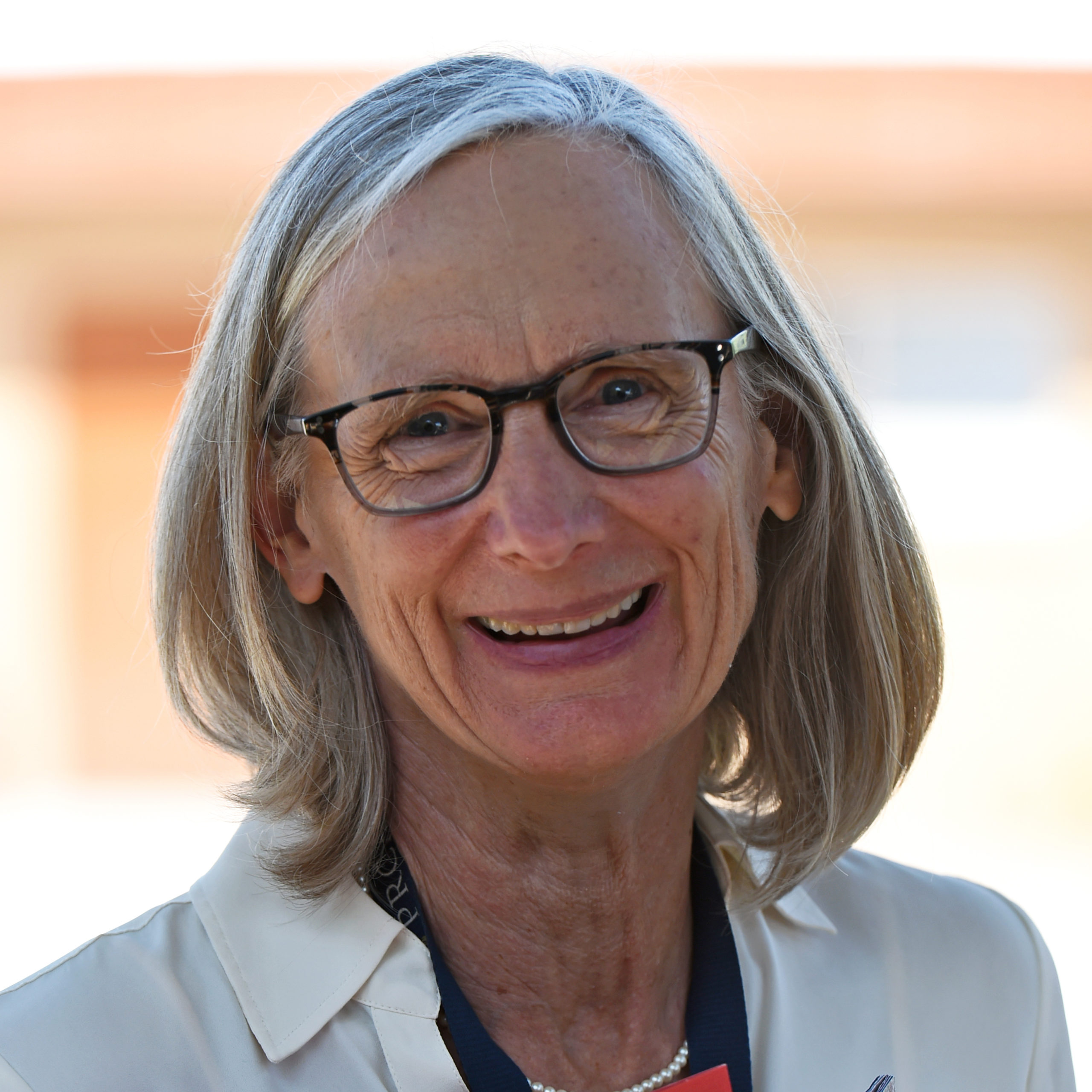As an English teacher of more years than I like to mention, I am often asked, “What is your favorite book?” How does one answer that? “Anything by C.S. Lewis, Dorothy Sayers, Jane Austen, or J.R.R. Tolkien?” “All mysteries?” “Whatever causes me to see God in a new, deeper and richer light?” “Anything that moves me to tears?”
Recently a friend asked me a more reasonable question: “What are your twenty favorite books?” I had a chance to sift through all that I have read, to ponder, to examine and weigh my choices—one against another. As Thomas Jefferson famously said, “I cannot live without books.” But which books could I not live without? Which works would be replaced when the next gem came along? This was an exercise not unlike preparing to empty the attic in order to sell the house.
But when I ask my students the same question: “What are your favorite twenty books?” I find them hard-pressed, not to choose, but to come up with a list of twenty books they have actually read. Many of them can count the number of books they have finished on one hand, most of them in my class. Although I teach AP Literature, I have discovered my students are not readers.
There are all sorts of reasons for this: over-scheduled lives, a culture that values utilitarianism over introspection, reduced attention span, love of video games, and the ubiquity of the smart phone and other screens. When I ask my students if they have read a particular title, they often respond with, “Yeah, I saw that.” The movie.
Yet, they are a People of the Book. If they don’t exercise their reading muscle, how will they meet Jesus in the pages of scripture? How will they glimpse Him walking through the histories, poetry, law, prophecies, and wisdom literature of the Bible? How will they encounter all the truth, goodness, and beauty in the words of the Old and New Testament? How will they find him peeking between the pages of the Great Books?
How do I help them become readers?
Here are a few of the things we are trying at our school to inspire reading:
Classroom libraries: When our seldom-used centrally located library had to be repurposed as a classroom, we distributed the books to the classroom teachers. Now each classroom has its own small library of books and because the teacher acts as the librarian, helping students choose something of interest to them, books are being used more than before.
Outside reading: It seems counter-intuitive, but the less students read, the more books we ask them to read—and it works! It’s difficult to get them to do the assigned reading in their class books, so we also assign them to read a book of their choice each semester. But how do we get them to actually read these…?
DEAR: Every class period in our English classes we carve out 10-15 minutes of “Drop Everything and Read” (DEAR) time. Students pull out their book of choice and for this amount of time they do nothing but read. This gives them both a bit of time and practice in distraction-free reading and gets them hooked into their book. For some (maybe most), this is the only time during the day they will read.
Book talks: Once a semester I meet with each student to have a chat with them about their book of choice. Over a cup of tea I ask them to tell me about their book. I ask them questions like: Why did you choose this book? Did it live up to your expectations? If you were a character in the book, who would you be? Can you read me your favorite part? What might happen in a sequel to this book? Why did the author choose this title? Would you recommend this book to others?
Book Olios: We do several other activities to try to hook our students on books. One teacher does “First Chapter Fridays” where she reads part of the first chapter of a book then puts the book on a shelf for students to check out. (Every book so far this year has been taken). Another does “Famous First Lines” that students try to match to books. Some teachers have their students do “Book Ads,” where students creatively promote their book to their classmates. I ask students for book recommendations and read their suggestions. I find they are much more likely to read my suggestions if I read theirs!
Teachers Read: Most importantly, we model reading and love of books. We read during DEAR time. We share with our students what we are reading, often reading selections aloud in class. Once a year we have a much-anticipated (and often hilarious) book exchange with the faculty and staff.
Love of Reading Month: February is our month to “fall in love” with books. Our Grammar School students dress as their favorite characters, our bulletin boards are full of reading ideas, our photography class takes and prints poster-sized pictures of students and staff reading in crazy situations (while dunking a basketball, cooking in the kitchen, kicking a soccer ball, etc.) If it will inspire reading, we will try it!
If you’re hoping to turn your students onto reading, here are a few resources I have found helpful:
- “The Book Whisperer” and “Reading in the Wild” by Donalyn Miller
- Read-Aloud Revival with Sarah Mackenzie
The more that you read,
The more things you will know.
The more that you learn,
The more places you’ll go
-Dr. Seuss
Happy Reading!
Photo by Mikhail Nilov from Pexels




